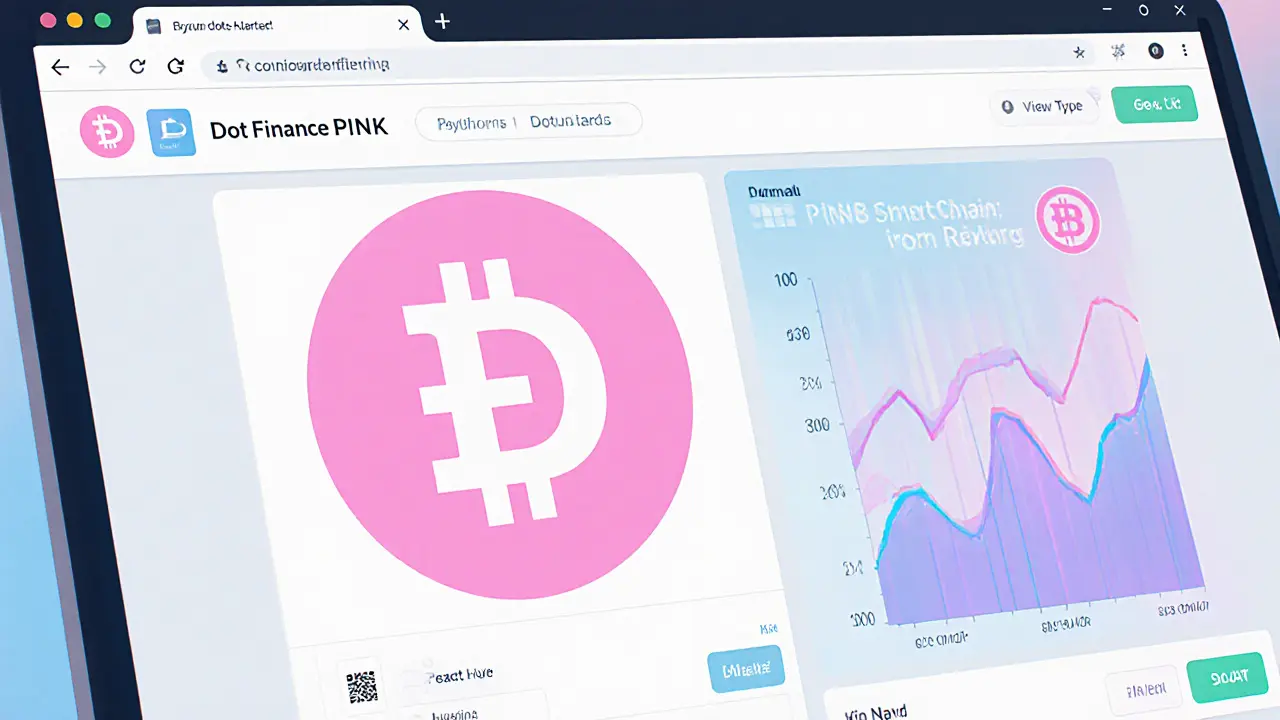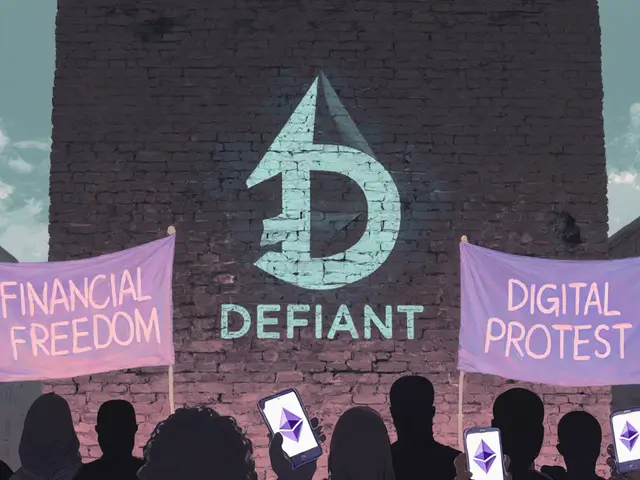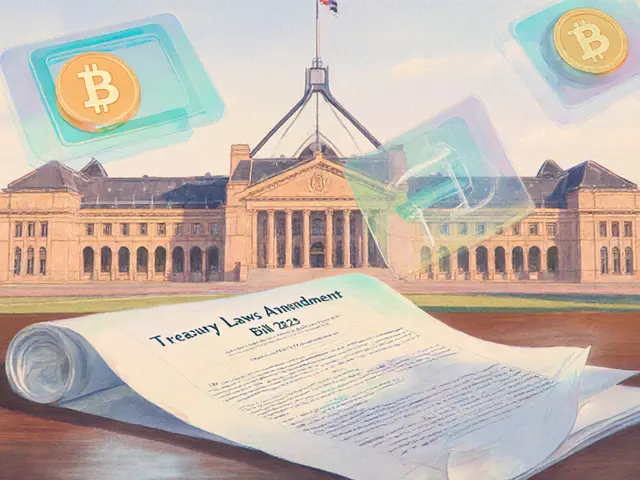Crypto Tokenomics: A Practical Guide
When talking about crypto tokenomics, the study of how a digital token’s supply, distribution, and incentives are designed. Also known as token economics, it helps investors and developers predict value, assess risk, and build sustainable ecosystems.
One of the first building blocks is token supply, the total amount of tokens that will ever exist and how new tokens are minted or burned. A fixed supply can create scarcity, while an inflationary supply supports ongoing rewards. Next up is the utility token, a token that grants access to a platform’s services or products. Utility drives demand because real‑world use cases turn tokens into a medium of exchange rather than just a speculative asset.
Key Elements of Tokenomics
Beyond supply and utility, many projects add a governance token, a token that lets holders vote on protocol changes and resource allocation. Governance creates a feedback loop: decisions affect token value, and token holders influence decisions. Another common piece is staking rewards, incentives paid to users who lock up tokens to secure a network or provide liquidity. Staking aligns participants with the long‑term health of the system, reducing sell pressure and encouraging holding.
These elements form a web of cause‑and‑effect. crypto tokenomics encompasses token supply, utility, governance, and staking rewards. It requires understanding how each factor influences the others, because a change in inflation rate can sway governance voting power, and a shift in utility can alter staking incentives. In practice, analysts break down a token’s model into three steps: (1) define the supply curve, (2) map out the use cases, and (3) evaluate the reward mechanisms.
Take a real‑world example: a DeFi platform launches a governance token with a capped supply of 100 million, distributes 30 % to early users, and allocates 20 % for liquidity mining. The remaining 50 % is released over five years via a linear inflation schedule. Here, token supply sets scarcity, utility comes from fee discounts, governance lets holders shape fee structures, and staking rewards keep liquidity deep. The token’s price dynamics can be traced back to each of these knobs.
Our collection of articles below dives into exactly these topics. You’ll find a deep dive on XPIN Network’s token model, a risk‑focused look at meme‑coin tokenomics like BABYTRUMP, and comparative guides on how different countries tax token earnings. Whether you’re building a new token, evaluating an investment, or just curious about why some coins skyrocket while others fade, the pieces on this page give you the data‑driven insight you need.
Ready to explore the specifics? Scroll down to see detailed breakdowns, real‑world case studies, and actionable takeaways that will help you read tokenomics charts with confidence and spot hidden value in any crypto project.

A concise guide to Dot Finance (PINK) crypto coin-its launch, tokenomics, market crash, and why it became a classic rug‑pull example.
Jonathan Jennings Oct 17, 2025




